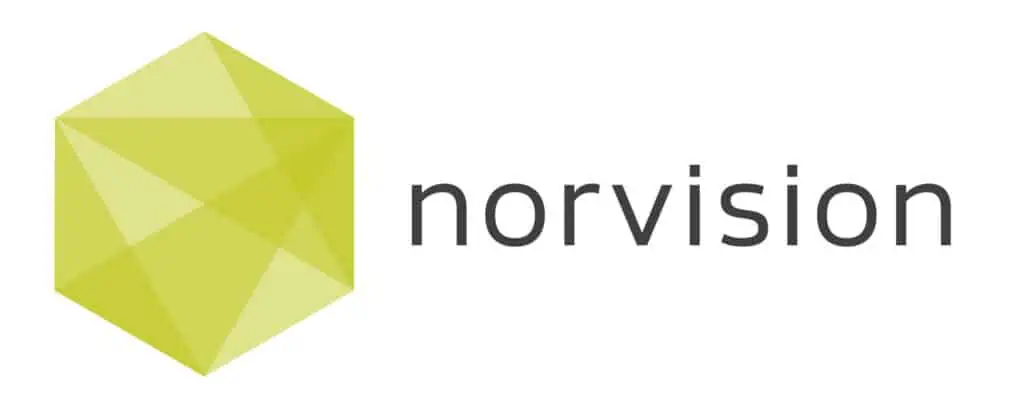Shaping the Future: The Growth Expectations of the Digital Signage Market in the US
Shaping the Future: The Growth Expectations of the Digital Signage Market in the US

Effective communication and engagement have never been more critical in today’s fast-paced world. As businesses strive to capture the attention of their target audience, digital signage has emerged as a powerful tool to convey messages, promote brands, and enhance customer experiences. The digital signage market is experiencing remarkable growth in the united states, driven by technological advancements, changing consumer preferences, and the need for dynamic, eye-catching displays. In this blog post, we will explore the growth expectations of the digital signage market in the us and delve into the factors fueling this surge.
Technological advancements: technological advancements the digital signage industry has witnessed significant technological advancements in recent years. Innovations in display technologies, such as 4k and oled screens, have enabled businesses to create stunning, high-resolution visuals that captivate audiences. Integrating artificial intelligence (ai) and data analytics allows for dynamic content customization and audience targeting. These advancements have positioned digital signage as a versatile and adaptable solution for various industries, from retail and hospitality to healthcare and education.
Interactive experiences: consumer expectations have evolved; today’s audiences seek engaging and interactive experiences. Digital signage has responded to this demand by offering touch-screen displays, interactive kiosks, and augmented reality (ar) applications. These interactive elements capture attention and provide valuable insights into consumer behavior. As a result, businesses can tailor their content to meet their audience’s specific needs and preferences, ultimately
Driving engagement and sales.
Cost-effective advertising: traditional advertising channels, such as print media and static billboards, are gradually replaced by digital signage for their cost-effectiveness and versatility. Digital signage allows businesses to update content in real time, eliminating printing costs and reducing waste. Furthermore, the ability to schedule and target content based on time of day, location, and audience demographics ensures that advertising dollars are spent more efficiently, maximizing the return on investment.
Enhanced customer experiences: in today’s competitive market, providing exceptional customer experiences is paramount. Digital signage enhances these experiences by providing real-time information, wayfinding assistance, and entertainment. For instance, digital signage can showcase product features, reviews, and promotions in retail settings, helping customers make informed purchase decisions. Digital signage can reduce perceived wait times in healthcare by delivering relevant content in waiting rooms. These enhanced experiences not only satisfy customers but also build brand loyalty.
Covid-19 acceleration: the covid-19 pandemic has accelerated the adoption of digital signage across various sectors. Businesses and healthcare facilities have relied on digital signage to communicate important health and safety information, such as mask mandates, social distancing guidelines, and vaccination updates. Updating content rapidly has proven invaluable during quickly changing circumstances, making digital signage a vital tool in crisis management.
Expanding market verticals: the growth of the digital signage market is not limited to any specific industry. While retail and advertising have traditionally been strong adopters, other sectors, such as education, transportation, and hospitality, increasingly recognize digital signage’s benefits. Educational institutions use digital signage for campus announcements and wayfinding, while transportation hubs leverage it for real-time updates on arrivals and departures.
Conclusion
The digital signage market in the united states is poised for impressive growth in the coming years. Technological advancements, interactive capabilities, cost-effectiveness, enhanced customer experiences, the impact of covid-19, and expanding market verticals all contribute to the bright future of digital signage. As businesses seek innovative ways to engage and inform their audiences, digital signage remains a dynamic and indispensable tool that will shape the future of communication and advertising in the us. Stay tuned as this exciting industry evolves, bringing endless possibilities for businesses and consumers alike.
For more information on digital signage solutions for your organization, contact us at sales@norvision.Com

